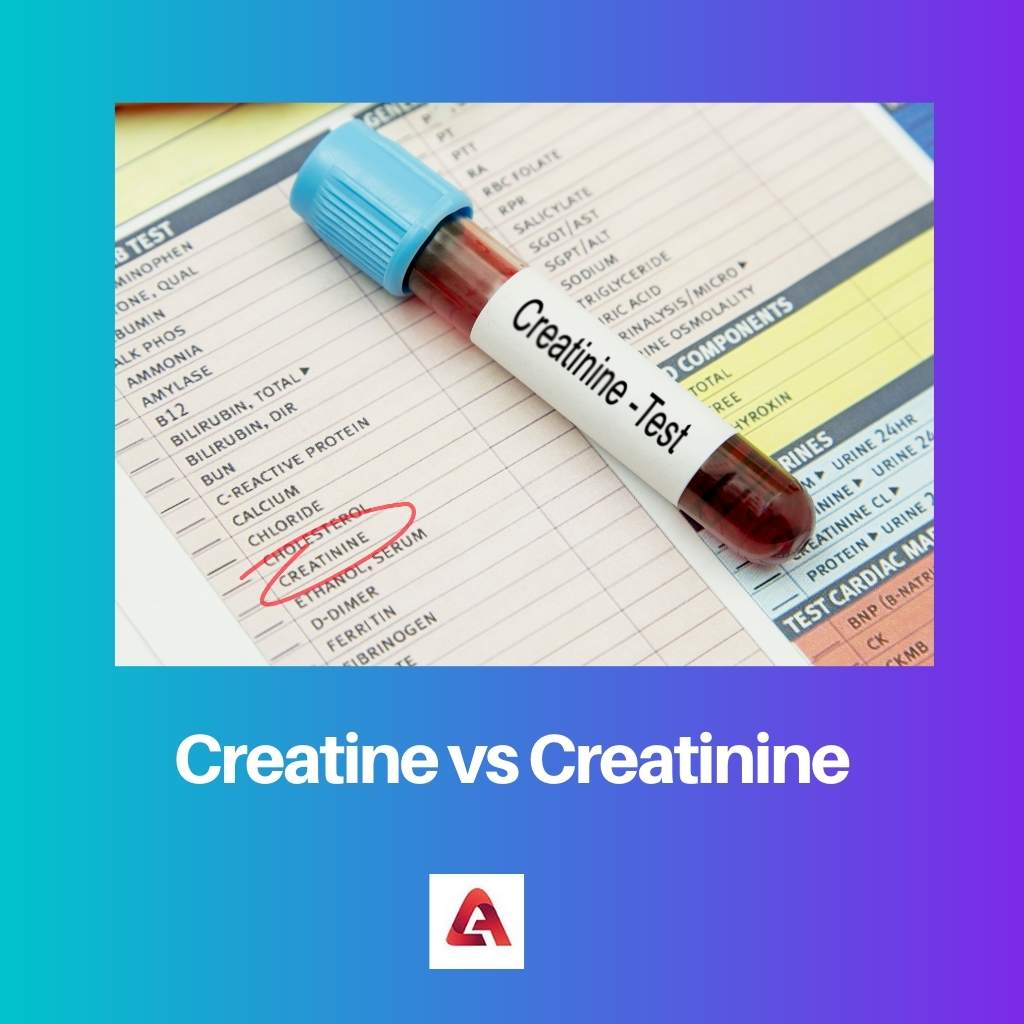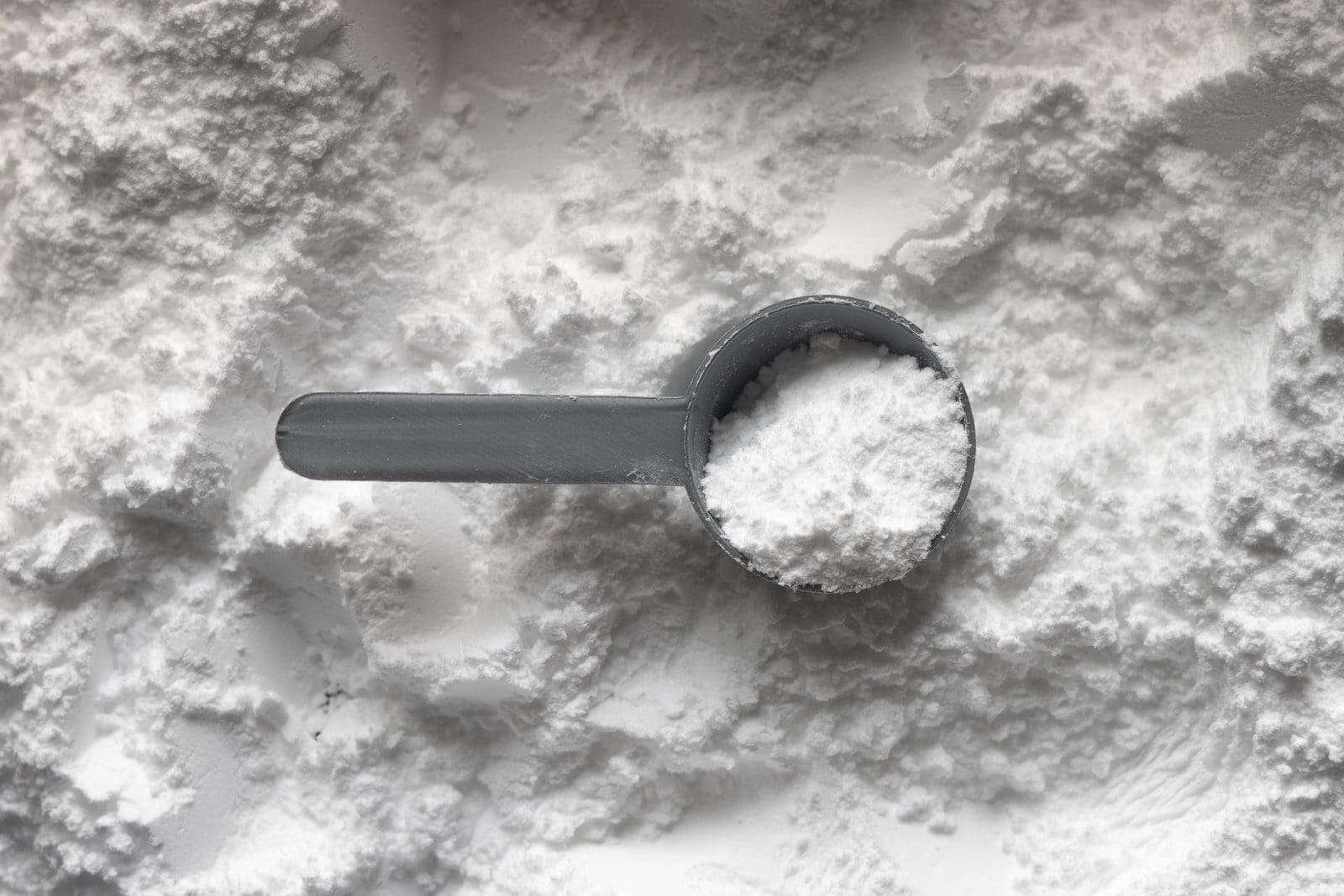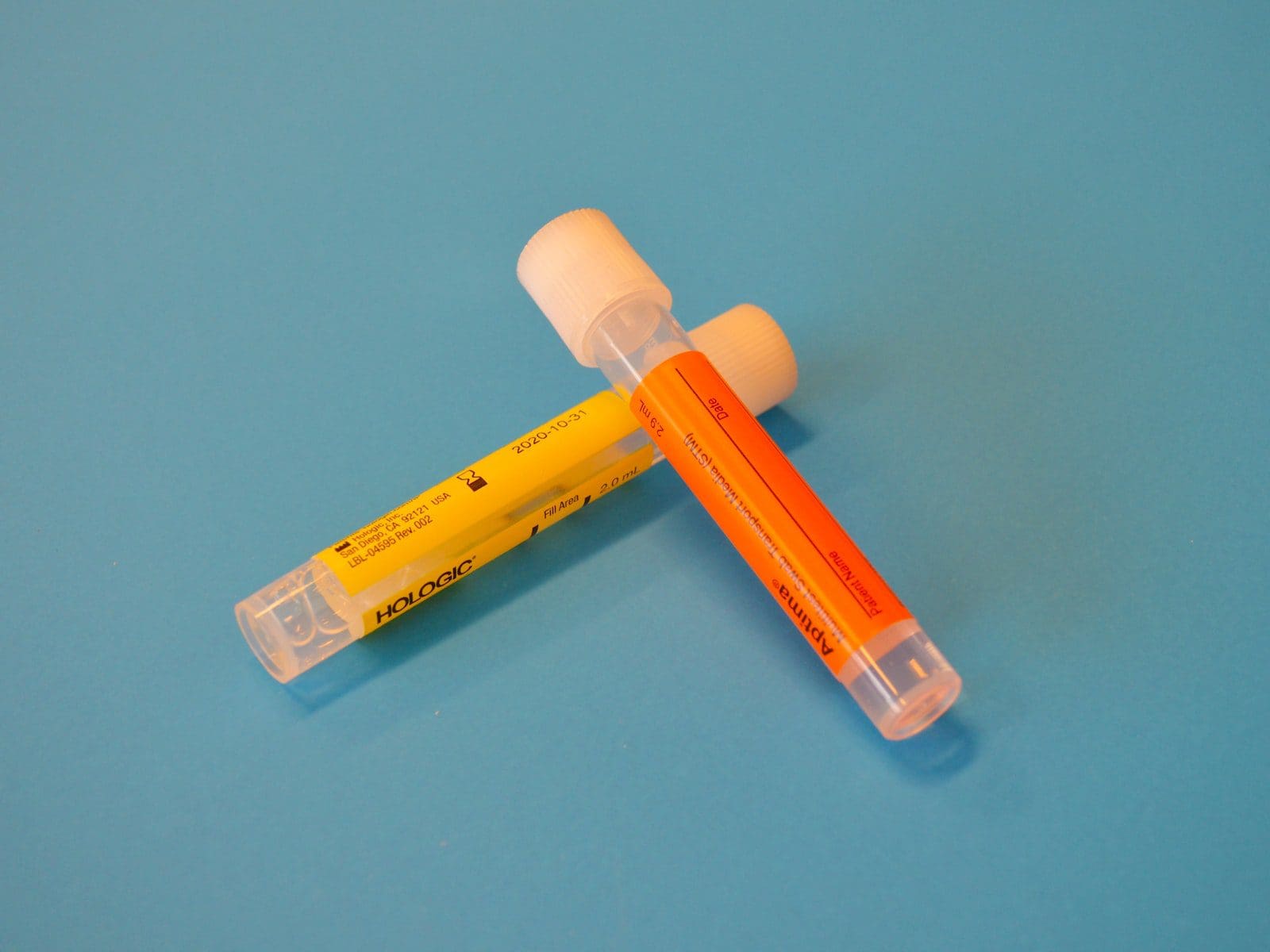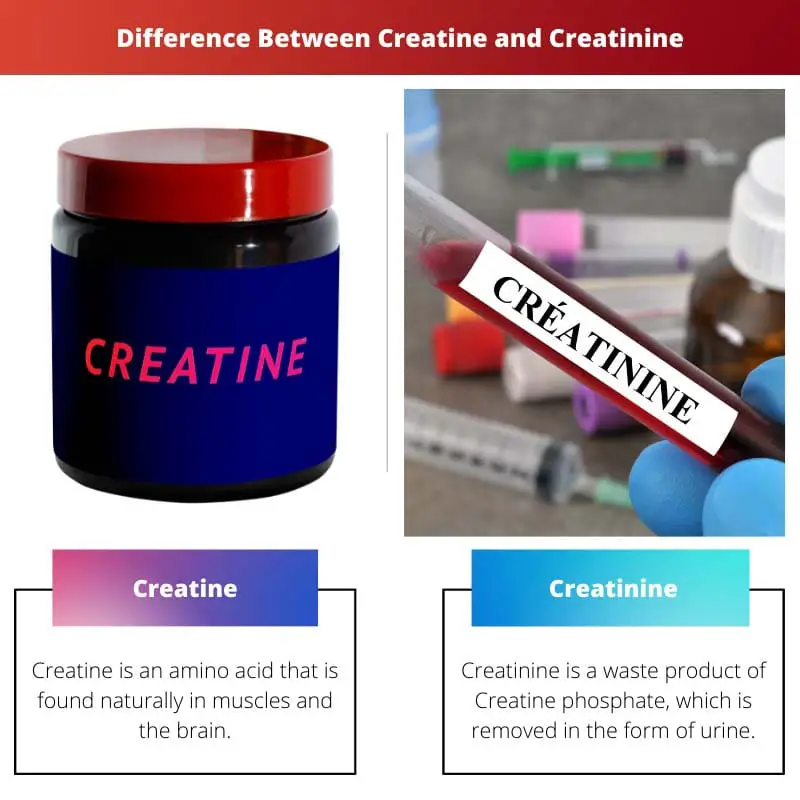Proteins are considered as one of the most important nutrients, and it is the building blocks for our tissues and act as fuel for our body. Proteins are like fuel stores or houses from where our body takes them whenever it needs them.
Proteins are made up of amino acids joined together by peptide bonds. Creatine and Creatinine are the proteins that are present in the blood in the body. Both of these proteins are obtained by taking meat or non-vegetarian foods.
Key Takeaways
- Creatine is a compound produced naturally in the body and available as a supplement. At the same time, Creatinine is a waste product that is produced by muscles and excreted by the kidneys.
- Creatine is used as a dietary supplement to improve athletic performance, while Creatinine is a kidney function marker.
- Creatine is converted into Creatinine in the body, so levels of Creatinine can be used to measure how much Creatine is used by the muscles.
Creatine vs Creatinine
Creatine is a natural substance that turns into creatine phosphate in the body and helps to make a substance called adenosine triphosphate (ATP), which provides the energy for muscle contractions. Creatinine is a chemical waste molecule generated from muscle metabolism, eliminated from the body by the kidneys.

Creatine is an amino acid, an organic compound that is found in all vertebrates. Creatine is known as the energy currency of cells as it does the process of recycling, where it converts adenosine diphosphate(ADP) to adenosine triphosphate(ATP) by donating phosphate.
Creatine is used as a dietary supplement to enhance the performance of muscle in the body, especially in sports. According to research and studies, it was found that Creatine is largely stored in the skeletal muscle of the body, almost 95% and the other 5% in blood, brain, and other tissues.
Creatinine is a by-product of Creatine when it is released from muscles and proteins. Creatinine is released at a constant rate in our body. It is used to check our kidneys’ health as an important indicator.
Creatinine is removed from our body via kidneys in the form of urine through the process of glomerular filtration. The concentration of Creatinine in blood and urine is used to measure GFR.
Comparison Table
| Parameters of Comparison | Creatine | Creatinine |
|---|---|---|
| Definition | Creatine is an amino acid that is found naturally in muscles and the brain. | Creatinine is a waste product of Creatine phosphate, which is removed in the form of urine. |
| Formula | Its formula is C4H9N3O2. | Its formula is C4H7N3O. |
| Structure | Its structure is linear. | It has a cyclic structure. |
| Production | Creatine is mostly produced inside the liver and kidneys and then sent to muscles in the body. | Creatinine is produced when there is a breakdown of creatine phosphate in muscles. |
| Solubility in H2O | It is highly soluble in water. | It is less soluble compared to Creatine. |
What is Creatine?
Creatine was first detected by Michel Eugène Chevreul in 1832 when he isolated it from water in skeletal muscles. Then, in 1928 it was found that creatine could be increased and found in larger amounts, and then creatine phosphate was discovered by scientists.
Creatine plays a crucial role in the metabolism of skeletal muscle in the body. Creatine is formed naturally in the body of vertebrates.
Research shows that if carbohydrates are consumed, which have high glucose, then it will increase the formation of creatine in the muscles of our body. Sportspersons also use it as a dietary supplement to increase their muscular strength.
Almost 95% of creatine is stored in the muscles of our body and rests in other parts. Synthesis of creatine takes place inside the liver and kidneys.
Approximately 120 mmol/kg of dry muscle mass of creatine is stored in our body. But it can be increased to 160 mmol/kg with the help of supplements and diets. Creatine can also be derived synthetically from seafood and red meat.
Creatine is used to treat several diseases like depression, brain disorders, heart diseases, neurological problems, etc. Creatine is lower in vegetarians than in people who consume meats because an omnivorous diet produces creatine.

What is Creatinine?
Creatinine is a chemical product formed by breaking down creatine phosphate in muscles. The production of creatinine depends upon a person’s muscle mass, and it is released at a constant rate by the body.
It is present in plasma and serum and is transported through the kidneys into the blood, filtered, and then excreted in the form of urine. The creatinine level is higher in men than women because men have more skeletal muscles than women.
Concentrations of creatinine in the blood are used to calculate the GFR, i.e., Glomerular Filtration Rate. GFR is used to measure the function of the kidney, and it is clinically important.
If there is malfunctioning in the kidneys, then the level of creatinine will increase in the blood. So creatinine clearance (CrCl) is used to measure the concentrations of creatinine in blood and urine.
Every day 1 to 2% of creatine produced in our body is converted to creatinine, and the process of conversion is irreversible and nonenzymatic. Eating a lot of protein can increase creatine, which will increase creatinine excretion.
A low level of creatinine in the body can cause malnutrition, muscle atrophy, debility, a sedentary lifestyle, and multiple sclerosis.

Main Differences Between Creatine and Creatinine
- Creatine is an amino acid that is found naturally in muscles and the brain. Creatinine is a waste product of Creatine phosphate, which is removed in the form of urine.
- The formula of Creatine is C4H9N3O2, and the molar mass is 131.13 g/mol. The formula for Creatinine is C4H7N3O, and the molar mass is 113.12 g/mol.
- The structure of Creatine is linear, which means its molecules are linear. Creatinine has a structure of heterocyclic.
- Creatine is produced in the liver, pancreas, and kidneys and then sent to the muscles of the body. Creatinine is produced when there is a breakdown of creatine phosphate in muscles and is transported via blood with the help of kidneys.
- Creatine is highly soluble in water. Creatinine is less soluble compared to Creatine and is 1 part per 1290mmg/ml at 20 degrees Celsius.





